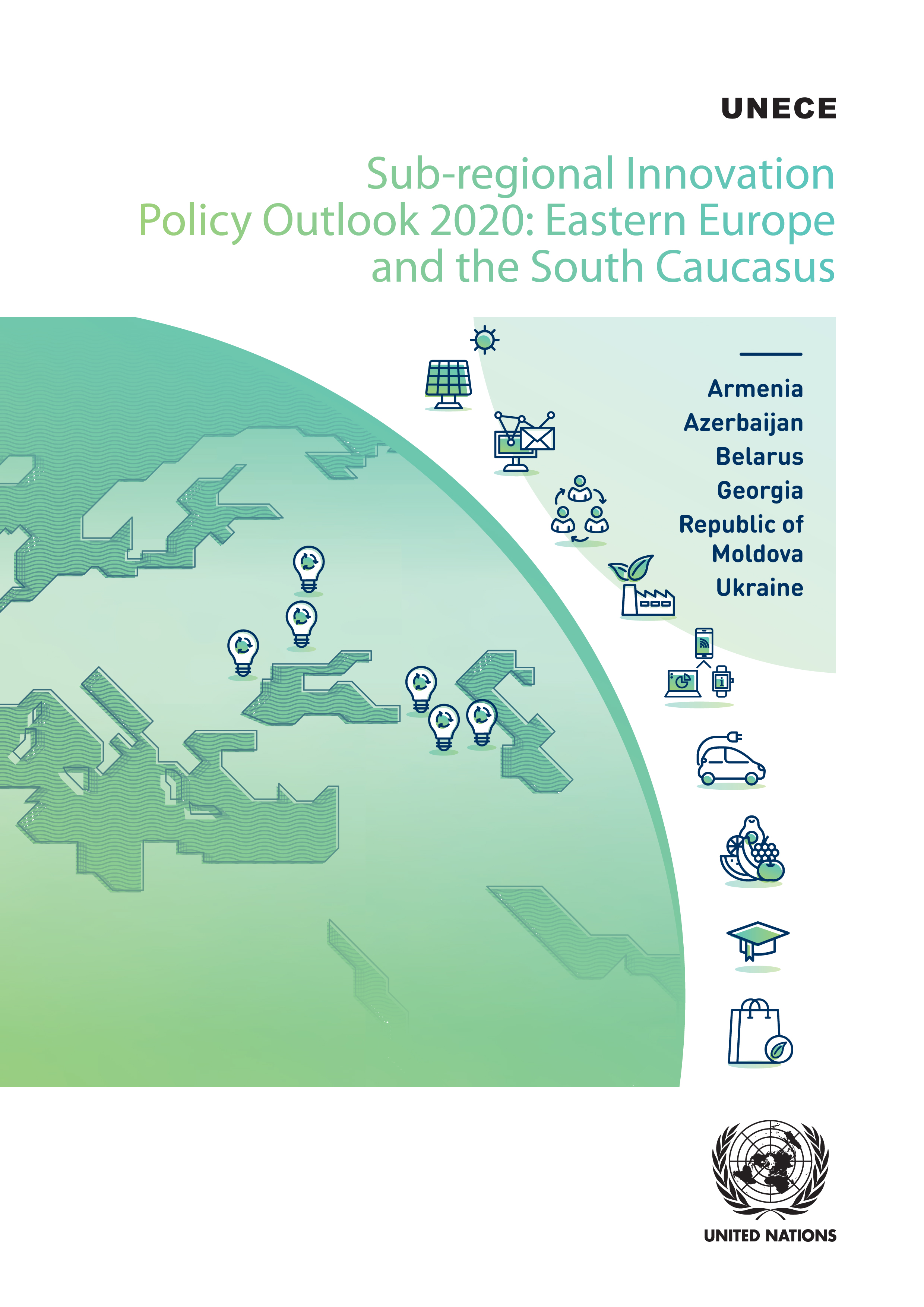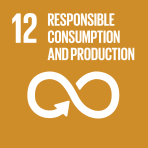Armenia

- Author: United Nations Economic Commission for Europe
- Main Title: Sub-regional Innovation Policy Outlook 2020 , pp 69-118
- Publication Date: June 2021
- DOI: https://doi.org/10.18356/9789210053655c013
- Language: English
Armenia is a small, landlocked, upper-middle-income country in the South Caucasus, neighbouring Azerbaijan, Georgia, the Islamic Republic of Iran and Turkey. Its transition to a market economy, challenging in its own right, has been compounded by political instability and closure of borders with Azerbaijan and Turkey. The deceleration of economic growth in 2014 – caused by declines in remittances and in the volume and prices of copper exports, and the Russian commodity crisis (IMF, 2018), as well as overreliance on remittances and rickety public finances – make its economy vulnerable, especially with investment contracting and productivity stuck at low levels. High levels of outmigration spur the expansion the Armenian diaspora, while its potential remains underused. Far-reaching, though far from complete, reforms have ensured sustained but volatile growth in gross domestic product (GDP), following a radical slump after independence and the global financial crisis. These reforms also have ensured renewed dynamism in sectors such as tourism and information and communication technology (ICT) services. Nevertheless, innovation will be essential for finding sustainable growth paths that expand and make the most of a legion of opportunities, in particular for further economic integration with the European Union (EU) and the former Soviet Union.
-
From This Site
/content/books/9789210053655c013dcterms_title,dcterms_subject,pub_keyword-contentType:Journal -contentType:Contributor -contentType:Concept -contentType:Institution105



